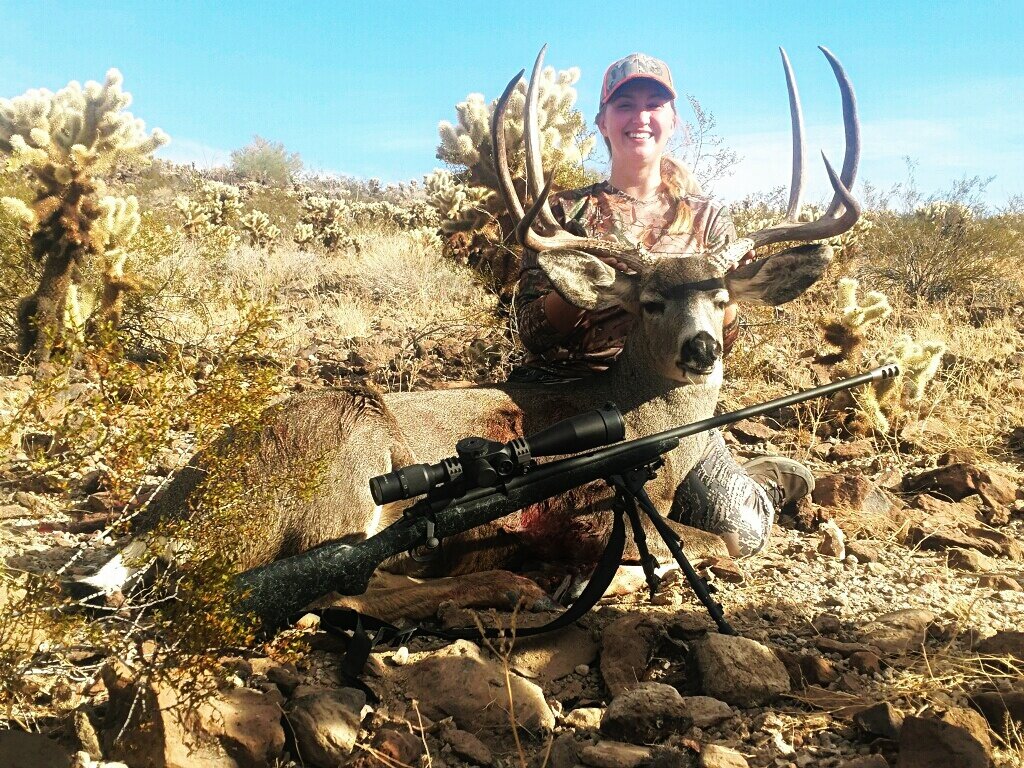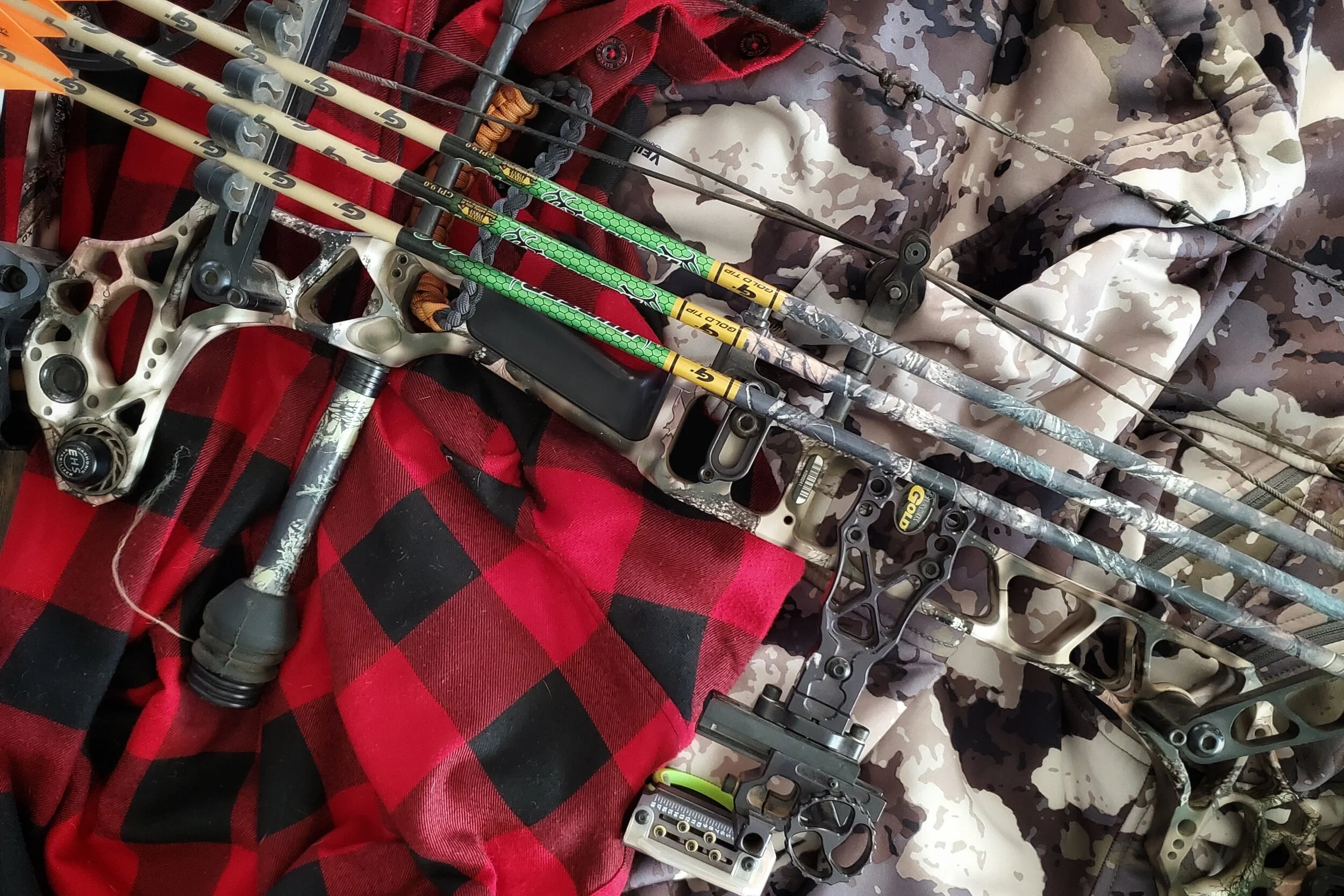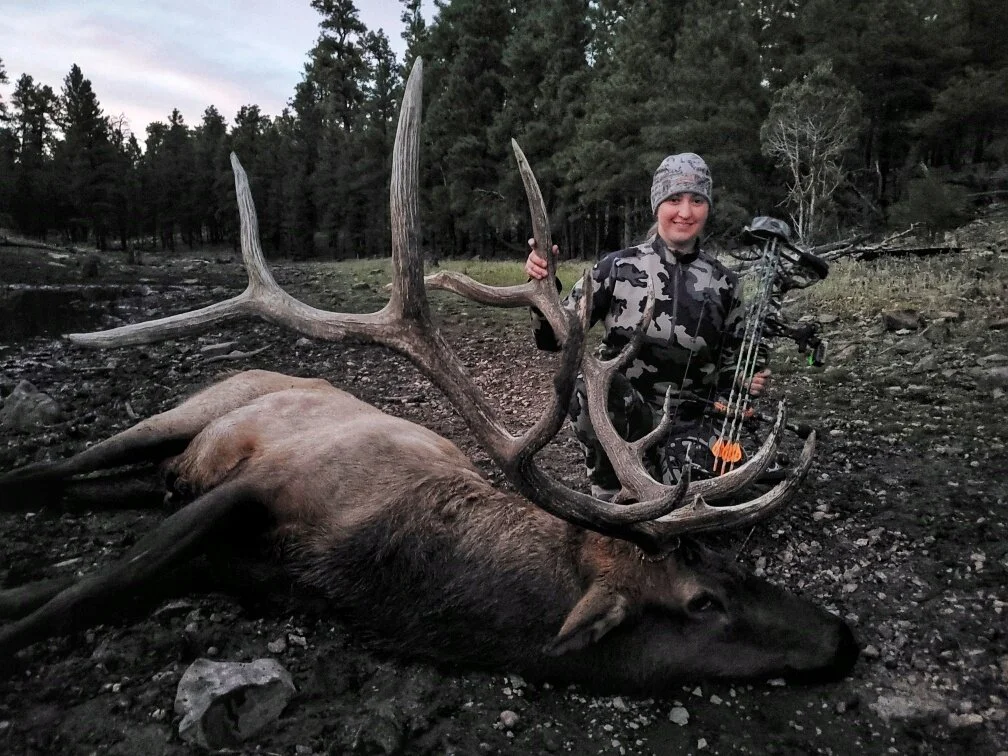Hunting Desert Mule Deer
Originally published at GreatAmericanWildlife.com November 2019
When most people look at the cactus and mesquite covered landscape of the Southwest United States, they don’t think many animals can survive there let alone that the country can hold a high number quality mule deer.
While the Southwest has an abundance of public land that is available to a very large number of hunters, water is a luxury and therefore a huge determining factor in where deer and other wildlife congregate. If you’re a seasoned desert hunter or a newbie, this is one of the times where pre-season work will give you the greatest chance of success.
Google earth is your friend. Or, any satellite mapping app for your smart device. Do your homework prior to stepping foot in the area. Know your prevailing wind in the area, where the water holes
Are (hunt within a mile or two of these) where the roads and unit boundaries are and any terrain variations. Big, flat open areas should be avoided.
There isn’t much cover in the desert and you’re not going to catch any deer in the open flat areas during any daylight hours. You’ll need to get into your glassing spots before daylight and even before pre-dawn light when deer are moving. Knowing where to park and where your high elevation points are to glass from is integral for getting into position in a timely fashion. Always walk at a minimum ½ mile from any road before you start to glass and even further if you are hunting in a unit with heavy hunting pressure.
Deer will feed on the sunny side of slopes in the mornings so be sure you’re in a position to see the north east slopes in the morning. These areas will hold the forage with the most moisture in your early fall season hunts.
If you’re hunting where there are mesas or ravines, deer will bed and feed just off the edges of these so plan to walk, glass and stalk accordingly. This is also where the importance of knowing what your wind is doing at all times. Thermals change throughout the course of the day and can come from one direction before sunrise and change when the sun hits the ground.
In areas that look flat, such as southern Arizona, flat couldn’t be farther from the truth. Summer brings monsoons that send flash floods through the region. Over eons of time, water has cut what they call washes into the sand and gravel creating depressions that make it easy for animals to migrate in keeping out of sight from anyone above them.
Many times, deer will bed in the shaded spots in these washes and feed in a moving pattern in these washes. And if there are agricultural areas near here, these washes are quick escape routes once the sun comes up. It is a good idea to know where deer are entering and exiting fields as these can be great places to hide and wait for a buck to cross in front of you. Heavy brush areas along the washes can hold deer all day long while they wait for dusk.
Most water in the desert is man made. If there has been heavy rain in the summer months, there can be free water in rocky pockets all over the desert and animals will not need to frequent these man made water holes. It is always a good idea once you get on the ground in your unit to know how much rain the area has received. The amount of rain can vary widely over any given area so it is important to check all the areas you would potentially hunt.
Given that you’ll be hunting in the desert, you’ll need to be cautious of how much noise you make. You’ll mostly be walking on gravel and sound travels far. A deer’s hearing is way better than their sense of smell and they will hear you coming and leave often before you even know there were deer in the area.
And finally, don’t be afraid to hunt later into the morning than what you normally would. Often times you can use your wind and the terrain to your advantage stalk and sneak into a sleeping buck and take them in their beds. You’re going to spend a lot of time behind binoculars looking into shady areas of the desert and you’re going to put miles on your boots, but in the end it will be worth every ounce of effort.





